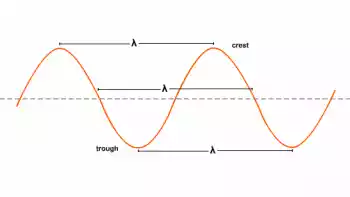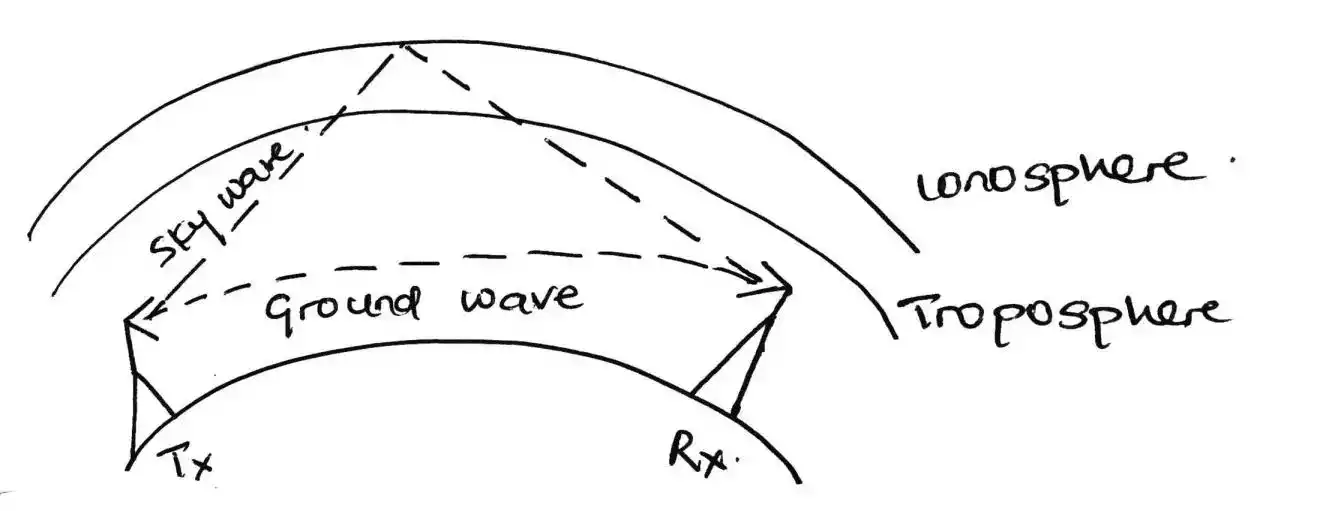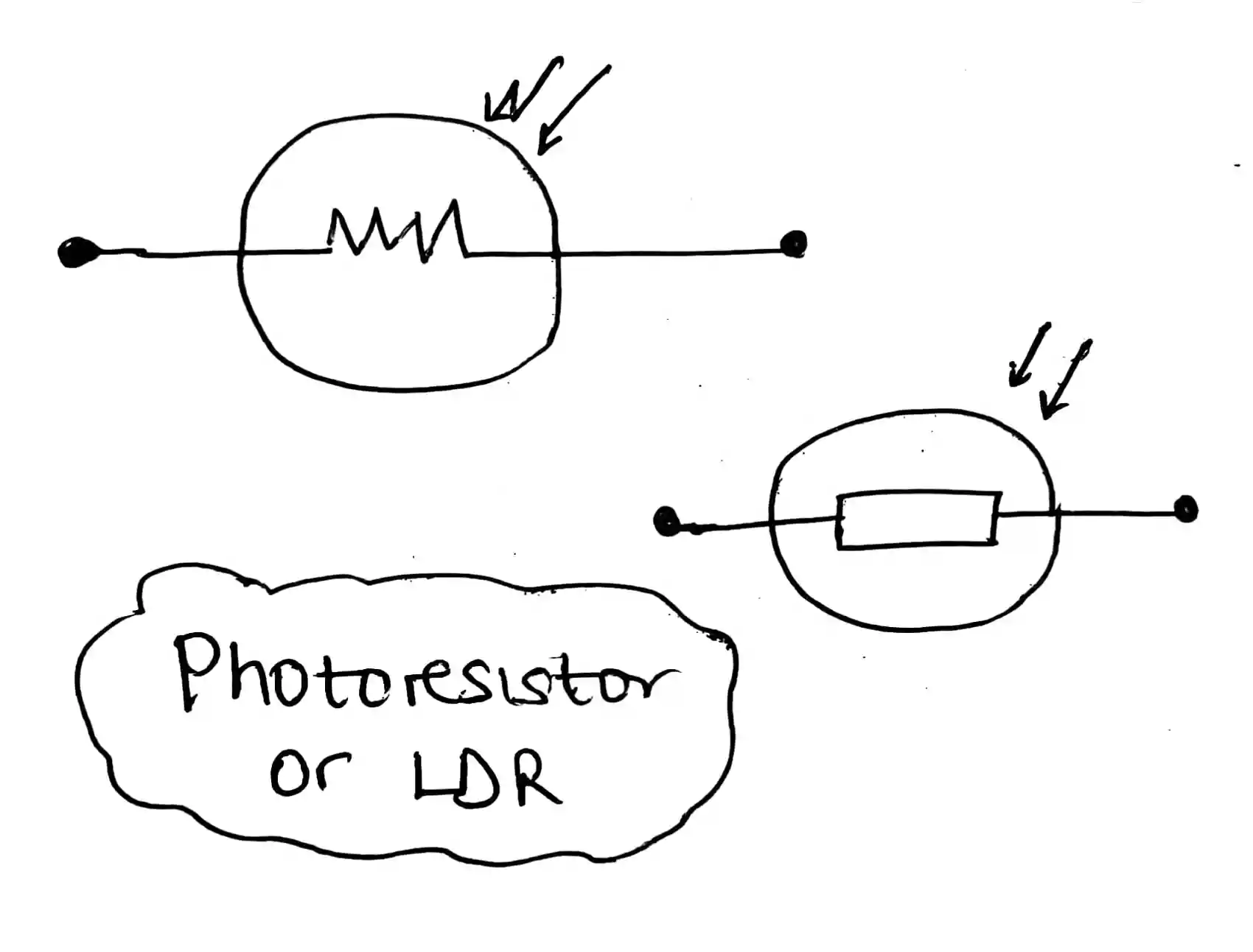Difference Between a Mechanical Wave and a Transverse Wave
The main difference between a mechanical wave and a transverse wave lies in how the particles in the medium move relative to the direction of the wave’s travel.
What are Mechanical Waves?
Mechanical waves are disturbances that propagate through a medium, transferring energy from one point to another without causing any permanent displacement of the medium itself.
💡
Mechanical waves need a medium (like air, water, or a string) to propagate.
Unlike electromagnetic waves, which can travel through a vacuum, mechanical waves rely on a material medium for transmission.
Read on: Difference Between Mechanical Waves and Electromagnetic Waves
Types of Mechanical Waves
Mechanical waves come in various forms, each exhibiting distinct characteristics based on the motion of particles within the medium.
The two primary types of mechanical waves are longitudinal waves and transverse waves.
1. Longitudinal Waves
In longitudinal waves, the particles of the medium move parallel to the direction of the wave’s propagation.
This means that the displacement of particles occurs in the same direction as the wave itself.

Image credit: BYJUs
A classic example of a longitudinal wave is sound waves in air.
As sound travels through the air, the air particles oscillate back and forth along the same axis as the sound wave’s travel.
💡
In Longitudinal waves, the particles in the medium move parallel to the direction the wave is travelling.
Example: Sound waves in air.
2. Transverse Waves
Transverse waves, on the other hand, involve particle motion that is perpendicular to the direction of wave propagation.
In these waves, the particles oscillate in a direction perpendicular to the wave’s travel path.

Image credit: BYJUs
A common example of a transverse wave is waves on a string or rope.
When you flick one end of a taut string, a wave travels along its length, and the individual particles of the string move up and down, perpendicular to the direction of the wave’s travel.
💡
In Transverse waves, the particles in the medium move perpendicular to the direction the wave is travelling.
Example: Waves on a string, water waves.
Transverse waves
As you can see from the explanation of transverse waves above, transverse waves are a type of mechanical wave.
Hence;
- Particles in the medium move perpendicular to the direction the wave is travelling.
- Examples: Water waves, waves on a string, light waves (although light waves are not technically mechanical waves).
So, not all mechanical waves are transverse waves. However, all transverse waves are mechanical waves.
Difference Between a Mechanical Wave and a Transverse Wave
| Feature | Mechanical Wave | Transverse Wave |
|---|---|---|
| Need a medium? | Yes | Yes (it’s a type of mechanical wave) |
| Particle movement | Parallel or perpendicular to wave direction | Perpendicular to wave direction |
| Examples | Sound waves, water waves (both longitudinal and transverse), waves on a string | Water waves (partially), waves on a string, light waves (not technically mechanical) |
FAQs
1. What are some everyday examples of mechanical waves?
Everyday examples of mechanical waves include sound waves traveling through air, seismic waves propagating through Earth’s crust, and waves on the surface of water.
2. How do transverse waves differ from longitudinal waves?
Transverse waves involve particle displacement perpendicular to the wave’s direction, whereas longitudinal waves involve particle displacement parallel to the wave’s direction.
3. Can transverse waves exist without a medium?
Transverse waves, being a type of mechanical wave, require a medium for propagation and cannot travel through a vacuum.
4. Are all mechanical waves transverse waves?
No, not all mechanical waves are transverse waves. Mechanical waves encompass both longitudinal and transverse waves, each exhibiting distinct particle motion.
5. Why are understanding wave types important in various fields?
Understanding wave types is crucial in fields such as acoustics, seismology, optics, and engineering, as it facilitates the analysis and manipulation of wave phenomena for practical applications.





